The proclamation of the Croatian Community of Herzeg-Bosnia took place on November 18, 1991, in Mostar, Bosnia and Herzegovina. This event was significant in the context of the breakup of Yugoslavia and the ensuing Bosnian War.
Background
- Yugoslavia Breakup: In the early 1990s, Yugoslavia began to disintegrate, leading to a series of conflicts as different ethnic groups sought independence or greater autonomy.
- Bosnian War: The conflict in Bosnia and Herzegovina involved primarily Bosniaks (Bosnian Muslims), Croats, and Serbs. The war was marked by ethnic violence and territorial disputes.
Proclamation of the Croatian Community of Herzeg-Bosnia
- Date and Location: The Croatian Community of Herzeg-Bosnia was proclaimed on November 18, 1991, in the city of Mostar.
- Purpose: The proclamation aimed to establish a political and territorial entity for Croats within Bosnia and Herzegovina. This move was a response to the perceived threats to Croat interests and security within the increasingly volatile situation in Bosnia.
- Leadership: The Croatian Democratic Union (HDZ) of Bosnia and Herzegovina, a political party representing Bosnian Croats, played a key role in the formation of Herzeg-Bosnia. The entity’s first president was Mate Boban.
- Territory: Herzeg-Bosnia claimed territory in Bosnia and Herzegovina where Croats formed a significant portion of the population, particularly in western Herzegovina and parts of central Bosnia.
Impact and Controversies
- International Reaction: The proclamation was controversial and not recognized by the international community, which viewed it as a separatist move that undermined the territorial integrity of Bosnia and Herzegovina.
- Conflict: The creation of Herzeg-Bosnia contributed to tensions between Bosniaks and Croats, who had initially been allies against the Serbs. This alliance broke down, leading to clashes and atrocities committed by both sides.
- Dayton Agreement: The conflict in Bosnia and Herzegovina eventually led to the Dayton Agreement in 1995, which established a framework for peace and the country’s political structure. Herzeg-Bosnia was formally abolished, and Bosnia and Herzegovina was divided into two main entities: the Federation of Bosnia and Herzegovina (comprising Bosniak and Croat areas) and the Republika Srpska (predominantly Serb).
Legacy
- Cultural and Political Identity: The proclamation and existence of Herzeg-Bosnia have left a lasting impact on the political and cultural identity of Bosnian Croats. The legacy of Herzeg-Bosnia continues to influence politics in Bosnia and Herzegovina, particularly in the context of ethnic relations and efforts towards greater autonomy for Croat-majority areas.
The proclamation of the Croatian Community of Herzeg-Bosnia remains a significant event in the history of Bosnia and Herzegovina, illustrating the complex interplay of ethnic nationalism, political ambition, and international diplomacy during the tumultuous period of the Yugoslav Wars.


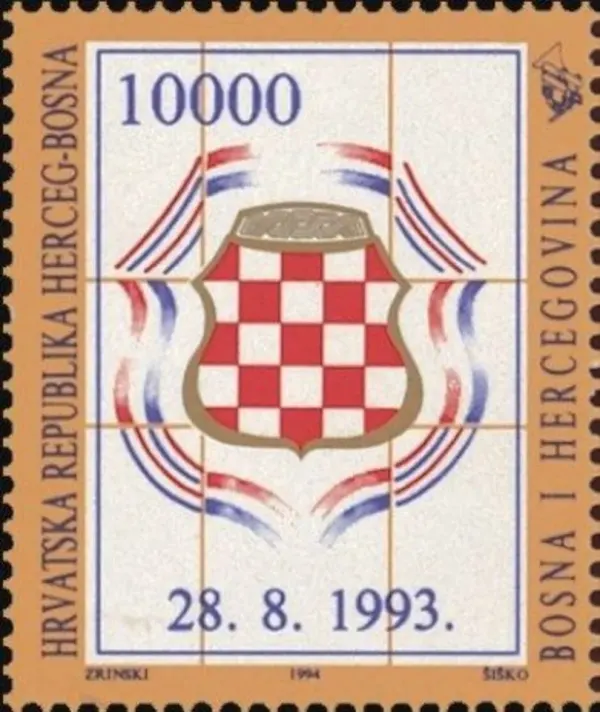
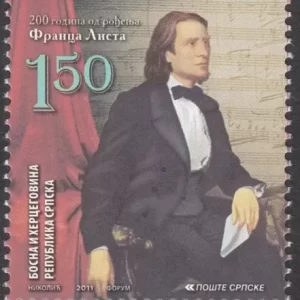

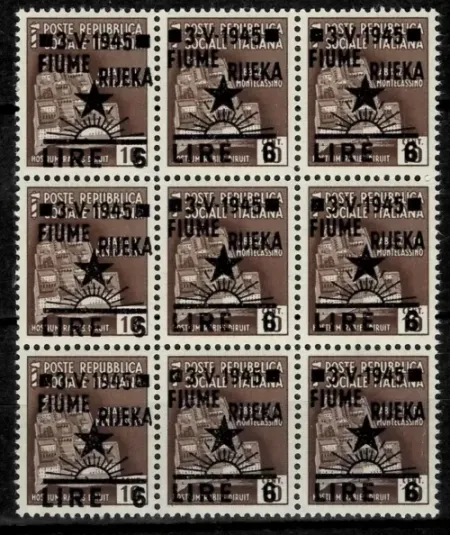

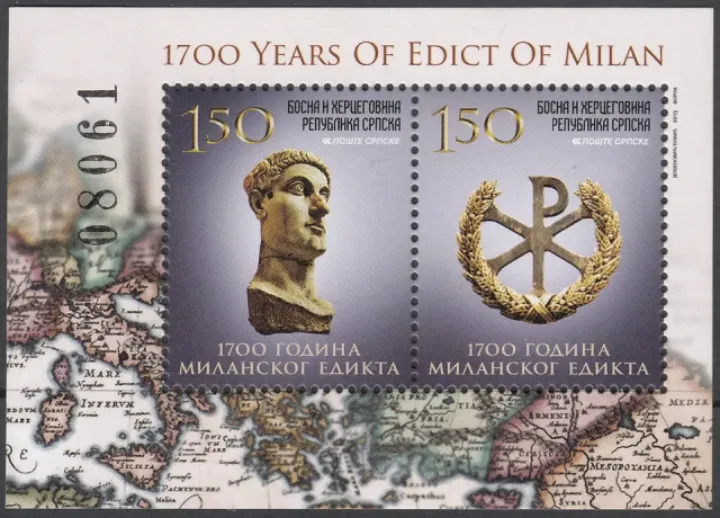
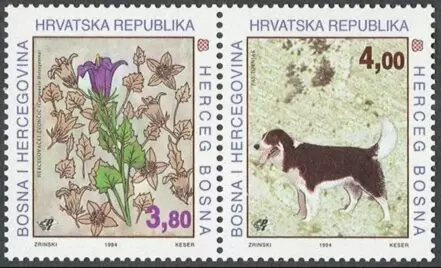


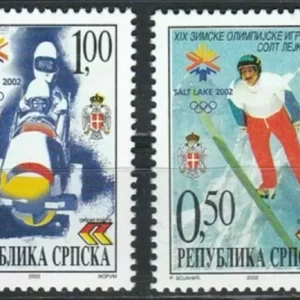
Reviews
There are no reviews yet.